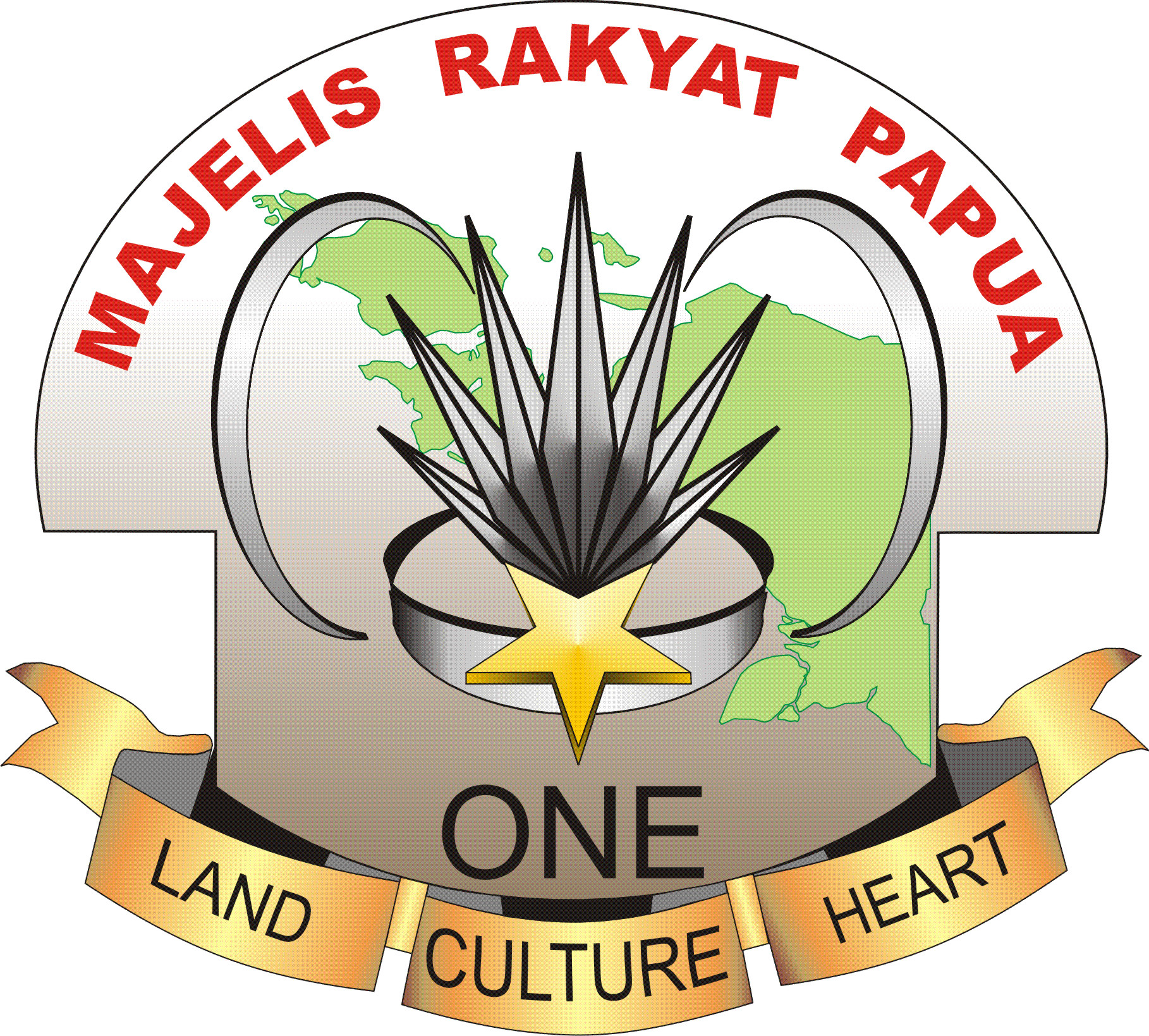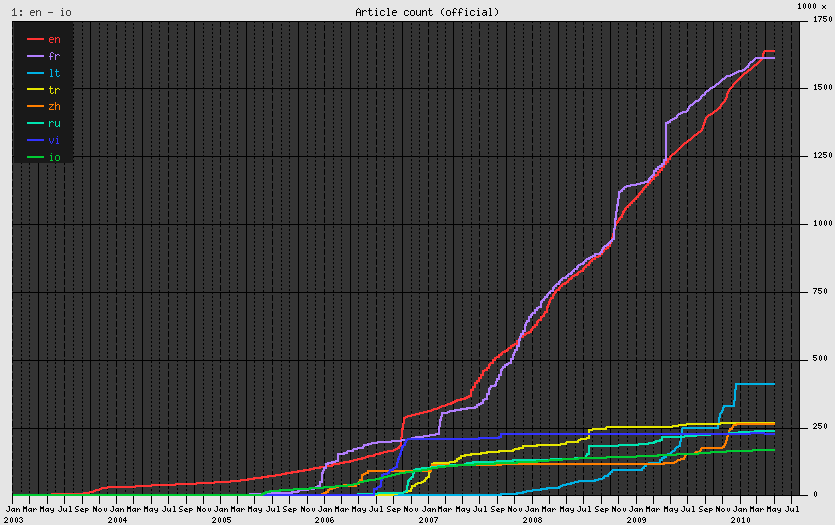|
Bayono–Awbono Languages
Bayono–Awbono is a recently discovered Papuan language cluster spoken in Papua Province, Indonesia, to the south of the Somahai languages. All that is known of them is a few hundred words recorded in first-contact situations recorded in Wilbrink (2004) and Hischier (2006). Languages Wilbrink (2004) lists 4 distinct language varieties.Wilbrink, Ans (2004). ''The Kopkaka of Papua: Provisional notes on their language, its language affiliation and on the Kopkaka culture.'' MA thesis, Vrije Universiteit Amsterdam. *Bayono language, Bayono (Enamesi, Swesu), Kovojab language, Kovojab (Kvolyab, Kopoyap) *Awbono language, Awbono, Densar language, Densar Classification Noting insufficient evidence, Pawley and Hammarström (2018) leave Bayono–Awbono as unclassified rather than as part of Trans-New Guinea. However, according to Matthew Dryer, Dryer (2022), based on a preliminary quantitative analysis of data from the ASJP database, Bayono–Awbono is likely to be a subgroup of Trans–N ... [...More Info...] [...Related Items...] OR: [Wikipedia] [Google] [Baidu] |
Papua Province
Papua is a province of Indonesia, comprising the northern coast of Western New Guinea together with island groups in Cenderawasih Bay to the west. It roughly follows the borders of the Papuan customary region of Tabi Saireri, and is divided into eight regencies () and one city (''kota''), the latter being the provincial capital of Jayapura. It is bordered by the nation of Papua New Guinea to the east, the Pacific Ocean to the north, Cenderawasih Bay to the west, and the provinces of Central Papua and Highland Papua to the south. The province also shares maritime boundaries with Palau in the Pacific. Papua, along with the five other Papuan provinces, has a higher degree of autonomy level compared to other Indonesian provinces. Before 2003, the province (known as Irian Barat from 1962 to 1973 and Irian Jaya from 1973 to 2002) covered the entirety of Western New Guinea, a region also known as "Papua". In 2002, Papua adopted its current name and was granted a special autono ... [...More Info...] [...Related Items...] OR: [Wikipedia] [Google] [Baidu] |
Matthew Dryer
Matthew S. Dryer is a professor of linguistics at the University at Buffalo, The State University of New York, State University of New York at Buffalo who has worked in typology, syntax, and language documentation. He is best known for his research on word order correlations, which has been widely cited. He is one of the editors of the World Atlas of Language Structures. His research has also analyzed various definitions of markedness as they may apply to word order. He has done original research on Kutenai language, Kutenai and is currently doing research (in conjunction with Lea Brown) on a number of languages of Papua New Guinea, among them Valman language, Walman. References External linksDryer's web site at Buffalo Year of birth missing (living people) Living people Linguists from t ... [...More Info...] [...Related Items...] OR: [Wikipedia] [Google] [Baidu] |
Languages Of Western New Guinea
Language is a structured system of communication that consists of grammar and vocabulary. It is the primary means by which humans convey meaning, both in spoken and signed forms, and may also be conveyed through writing. Human language is characterized by its cultural and historical diversity, with significant variations observed between cultures and across time. Human languages possess the properties of productivity and displacement, which enable the creation of an infinite number of sentences, and the ability to refer to objects, events, and ideas that are not immediately present in the discourse. The use of human language relies on social convention and is acquired through learning. Estimates of the number of human languages in the world vary between and . Precise estimates depend on an arbitrary distinction (dichotomy) established between languages and dialects. Natural languages are spoken, signed, or both; however, any language can be encoded into secondary media usi ... [...More Info...] [...Related Items...] OR: [Wikipedia] [Google] [Baidu] |
Bayono–Awbono Languages
Bayono–Awbono is a recently discovered Papuan language cluster spoken in Papua Province, Indonesia, to the south of the Somahai languages. All that is known of them is a few hundred words recorded in first-contact situations recorded in Wilbrink (2004) and Hischier (2006). Languages Wilbrink (2004) lists 4 distinct language varieties.Wilbrink, Ans (2004). ''The Kopkaka of Papua: Provisional notes on their language, its language affiliation and on the Kopkaka culture.'' MA thesis, Vrije Universiteit Amsterdam. *Bayono language, Bayono (Enamesi, Swesu), Kovojab language, Kovojab (Kvolyab, Kopoyap) *Awbono language, Awbono, Densar language, Densar Classification Noting insufficient evidence, Pawley and Hammarström (2018) leave Bayono–Awbono as unclassified rather than as part of Trans-New Guinea. However, according to Matthew Dryer, Dryer (2022), based on a preliminary quantitative analysis of data from the ASJP database, Bayono–Awbono is likely to be a subgroup of Trans–N ... [...More Info...] [...Related Items...] OR: [Wikipedia] [Google] [Baidu] |
Wiktionary
Wiktionary (, ; , ; rhyming with "dictionary") is a multilingual, web-based project to create a free content dictionary of terms (including words, phrases, proverbs, linguistic reconstructions, etc.) in all natural languages and in a number of artificial languages. These entries may contain definitions, images for illustration, pronunciations, etymologies, inflections, usage examples, quotations, related terms, and translations of terms into other languages, among other features. It is collaboratively edited via a wiki. Its name is a portmanteau of the words ''wiki'' and ''dictionary''. It is available in languages and in Simple English. Like its sister project Wikipedia, Wiktionary is run by the Wikimedia Foundation, and is written collaboratively by volunteers, dubbed "Wiktionarians". Its wiki software, MediaWiki, allows almost anyone with access to the website to create and edit entries. Because Wiktionary is not limited by print space considerations, most of Wiktiona ... [...More Info...] [...Related Items...] OR: [Wikipedia] [Google] [Baidu] |
Ok Languages
The Ok languages are a family of about a dozen related Trans–New Guinea languages spoken in a contiguous area of eastern Irian Jaya and western Papua New Guinea. The most numerous language is Ngalum, with some 20,000 speakers; the best known is probably Telefol. The Ok languages have dyadic kinship terms.The Oksapmin Kinship System , retrieved May 21, 2009. History of classification The Ok languages are clearly related. Alan Healey identified them as a family in 1962. He later noted connections with the Asmat languages and Awyu–Dumut languages, Awyu–Dumut families (Healey 1970). Voorhoeve developed this into a Central and South New Guinea languages, Central and South New Guinea (CSNG) proposal. As part of CSNG, the Ok languages form part of the original proposal for Trans–New Guinea, a ...[...More Info...] [...Related Items...] OR: [Wikipedia] [Google] [Baidu] |
Greater Awyu Languages
The Greater Awyu or Digul River languages, known in earlier classifications with more limited scope as Awyu–Dumut (Awyu–Ndumut), are a family of perhaps a dozen Trans–New Guinea languages spoken in eastern West Papua in the region of the Digul River. Six of the languages are sufficiently attested for a basic description; it is not clear how many of the additional names (in parentheses below) may be separate languages. History The Awyu (pronounced like English ''Ow you'') and Awyu–Dumut families were identified by Peter Drabbe in the 1950s. Voorhoeve included them in his proposed Central and South New Guinea group. As part of Central and South New Guinea, they form part of the original proposal for Trans–New Guinea. Classification The classification below is based on Usher and de Vries et al. (2012), who used morphological innovations to determine relatedness, which can be obscured by lexical loanwords. * Sawi (Sawuy) *Awyu–Dumut (Central Digul River) ** Awyu la ... [...More Info...] [...Related Items...] OR: [Wikipedia] [Google] [Baidu] |
ASJP
The Automated Similarity Judgment Program (ASJP) is a collaborative project applying computational approaches to comparative linguistics using a database of word lists. The database is open access and consists of 40-item basic-vocabulary lists for well over half of the world's languages. It is continuously being expanded. In addition to isolates and languages of demonstrated genealogical groups, the database includes pidgins, creoles, mixed languages, and constructed languages. Words of the database are transcribed into a simplified standard orthography (ASJPcode). The database has been used to estimate dates at which language families have diverged into daughter languages by a method related to but still different from glottochronology, to determine the homeland (Urheimat) of a proto-language, to investigate sound symbolism, to evaluate different phylogenetic methods, and several other purposes. ASJP is not widely accepted among historical linguists as an adequate method to ... [...More Info...] [...Related Items...] OR: [Wikipedia] [Google] [Baidu] |
Glottolog
''Glottolog'' is an open-access online bibliographic database of the world's languages. In addition to listing linguistic materials ( grammars, articles, dictionaries) describing individual languages, the database also contains the most up-to-date language affiliations based on the work of expert linguists. Glottolog was first developed and maintained at the Max Planck Institute for Evolutionary Anthropology in Leipzig, Germany, and between 2015 and 2020 at the Max Planck Institute of Geoanthropology in Jena, Germany. Its main curators include Harald Hammarström and Martin Haspelmath. Overview Sebastian Nordhoff and Harald Hammarström established the Glottolog/Langdoc project in 2011. The creation of ''Glottolog'' was partly motivated by the lack of a comprehensive language bibliography, especially in ''Ethnologue''. Glottolog provides a catalogue of the world's languages and language families and a bibliography on individual languages. It differs from ''Ethnologue ... [...More Info...] [...Related Items...] OR: [Wikipedia] [Google] [Baidu] |
Indonesia
Indonesia, officially the Republic of Indonesia, is a country in Southeast Asia and Oceania, between the Indian Ocean, Indian and Pacific Ocean, Pacific oceans. Comprising over List of islands of Indonesia, 17,000 islands, including Sumatra, Java, Sulawesi, and parts of Borneo and New Guinea, Indonesia is the world's largest archipelagic state and the List of countries and dependencies by area, 14th-largest country by area, at . With over 280 million people, Indonesia is the world's List of countries and dependencies by population, fourth-most-populous country and the most populous Islam by country, Muslim-majority country. Java, the world's List of islands by population, most populous island, is home to more than half of the country's population. Indonesia operates as a Presidential system, presidential republic with an elected People's Consultative Assembly, legislature and consists of Provinces of Indonesia, 38 provinces, nine of which have Autonomous administrative divisi ... [...More Info...] [...Related Items...] OR: [Wikipedia] [Google] [Baidu] |
Somahai Languages
Momuna (Momina), also known as Somahai (Somage, Sumohai), is a Papuan language spoken in Yahukimo Regency, Highland Papua and Asmat Regency, South Papua, Indonesia. Varieties Reimer notes two dialects, one on the Balim River and one on the Rekai. One of the differences is that when /u/ follows an /u/ or /o/ in the Balim dialect, it is /i/ in the Rekai dialect. Thus the ethnonym 'Momuna' is pronounced 'Momina' in Rekai dialect. Classification The Somahai pronouns, singular *na, *ka, *mo, are typical of Trans–New Guinea languages. They were placed in the Central and South New Guinea branch of that family by Wurm. Ross could not locate enough evidence to classify them. Usher found them to be closest to the Mek languages The Mek languages are a well established language family, family of Papuan languages spoken by the Mek people and Yali people. They form a branch of the Trans–New Guinea languages (TNG) in the classifications of Stephen Wurm (1975) and of Malc ..., in the ... [...More Info...] [...Related Items...] OR: [Wikipedia] [Google] [Baidu] |


